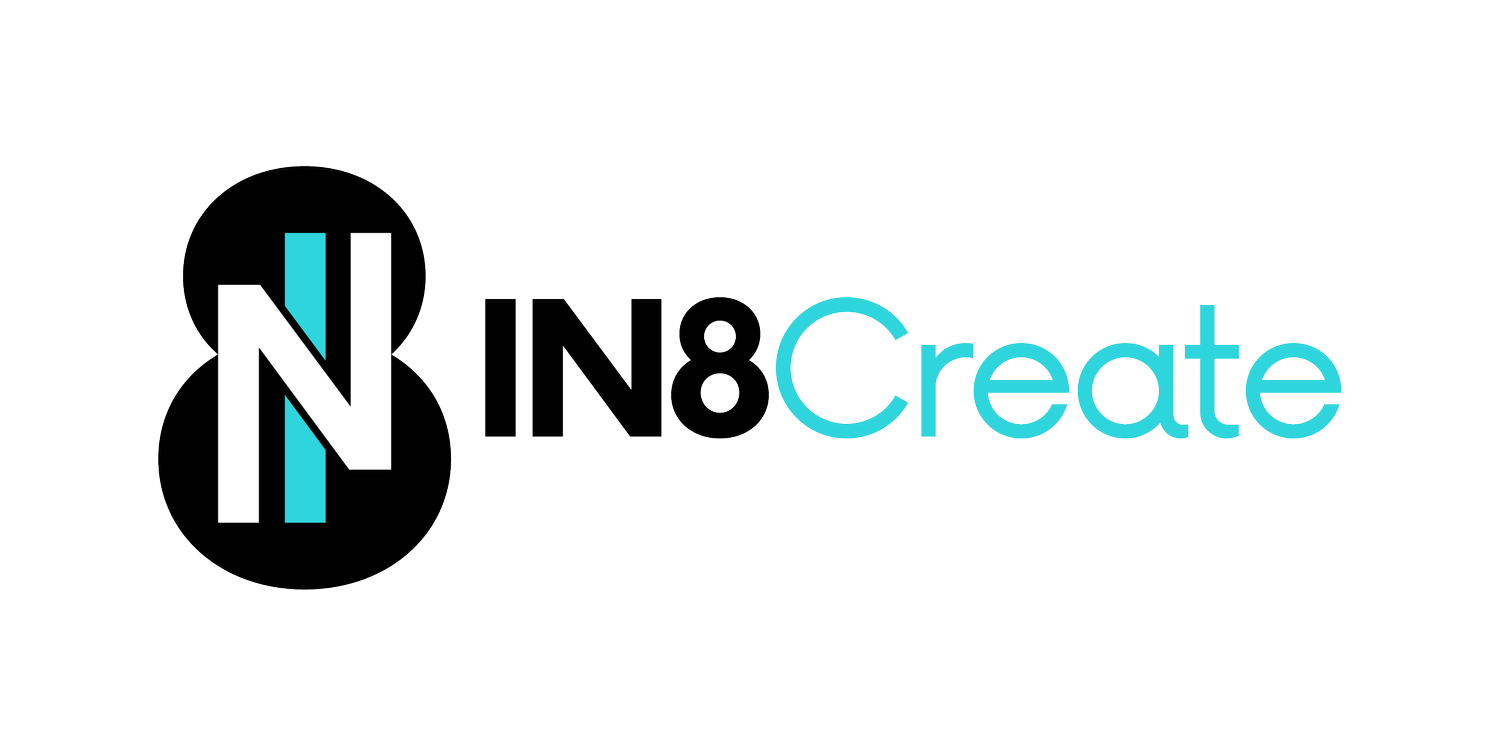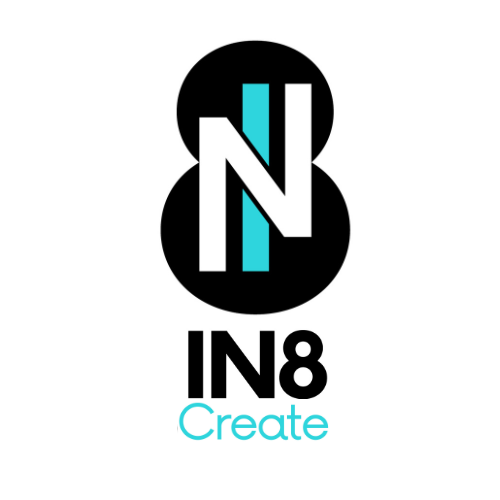Harnessing Team Ideas: A Guide to Balanced Ideation
Striking the Perfect Balance Between Creativity and Execution in the Workplace
While creativity and innovation remain paramount for a company's growth, the adage stands true – not every idea is a winner.
In the pursuit of innovation, organizations often lean towards an "ideation-abundant" culture – where every gathering becomes an avenue for brainstorming, irrespective of idea depth or quality. This approach, though rich in enthusiasm, can become counterproductive.
A constant inflow of ideas, without proper vetting and execution, could lead to a cluttered and inefficient system.
The solution? Striking a delicate balance and creating guidelines. And the most effective way to draft these guidelines?
Engage your team in the process.
When your team knows what to expect after presenting an idea, and when they understand what's expected of them, the ideation process becomes streamlined. Here are a few methods to structure this:
Dedicated Ideation Space: Allocate specific times and spaces solely for brainstorming and capturing ideas.
Peer Review through Voting: Let team members vote on ideas, ensuring that the most promising ones rise to the top.
Idea Exchange Sessions: Facilitate sessions where team members can collaboratively refine and expand on existing ideas.
But to ensure the quality of ideas remains high, it's essential to set clear criteria. Before presenting a new idea, team members should consider:
The problem the idea addresses
The beneficiaries of the solution
Potential impacts and stakeholders
Estimated costs associated with the implementation
Remember, you've onboarded bright, creative minds. Leveraging their insights is paramount to your organization's success. By helping them fine-tune their suggestions, you not only boost their efficiency but also position your company at the forefront of innovation.
Looking to elevate and define your organization's innovation culture? Let's collaborate to harness the best from your team. Reach out now!



